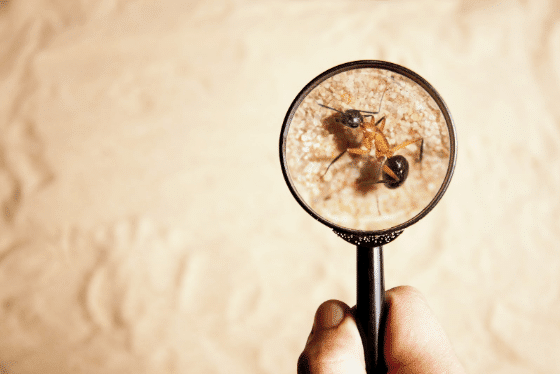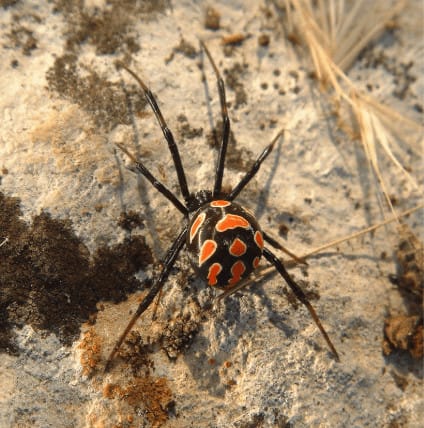
The Importance of Pest Inspection for Your New Home
October 4, 2019Moving into a new home can be a grand adventure. The researching, the viewing, and the decision to put in an offer are exciting. When you finally find the perfect home, it’s always advised to get a home inspection to confirm that the structure is sound and there are no underlying electrical or HVAC issues.
However, it is highly recommended to get a pest inspection from a licensed professional before you move in. This is not only to ensure you don’t have unwanted housemates but also to protect your family and investment.
Here are reasons why you should schedule a pest inspection before you purchase your home:
Avoid Unwanted Guests
If you discover a pest infestation after you move in, the damage caused and expense to treat it falls on you, the new homeowner. Getting an inspection before the sale is finalized gives you leverage in the event there is an infestation. As the buyer, you can ask the seller to arrange a pest control visit to alleviate the issue or ask for the price to be lowered to compensate for future pest control expenses.
Discover Past Damage
By law, sellers are usually required to report any past infestation damage. When it comes to listing the details, this information might slip their minds, or more likely, they may not be aware of any damages as it’s not always visible to the naked eye. Getting a professional pest inspection will ensure there are no damages to wood, flooring, insulation, or any structural components.
Peace of Mind
When purchasing a home, there is already enough to worry about. Pests shouldn’t be one of them. Scheduling a pest inspection will uncover any destructive pests that are or have been in your home as well as expose any areas that may need pest protection in the future.
Safety First
Some critters – stinging insects, bed bugs, poisonous spiders – carry diseases or pose a threat to your family. Knowing if the pests are around and learning how to rid of them effectively will make your home safer for years to come.
Home Value
Arranging a pest inspection prior to moving can only benefit the future value of your home. Unwanted pests will decrease your home’s value, especially if you plan to increase the value with renovations.
If you plan on buying a new home, scheduling a pest inspection with Rid All Termite & Pest Solutions will protect your investment and your family.
Established in 1997, family-owned and operated Rid All Termite & Pest Solutions has served over 10,000 businesses and homeowners in the mid-south area of Olive Branch, MS. Through community education, affordability, and top-notch customer service, we lead the mid-south pest control industry. We serve you best with integrity, ongoing employee training, and safety awareness. Visit our website for more information or call (901) 377-9915.
Sources
https://ridallbug.com/services/#inspection
https://www.sanjoaquinpestcontrol.com/blog/should-i-get-a-pest-inspection-on-my-new-home



